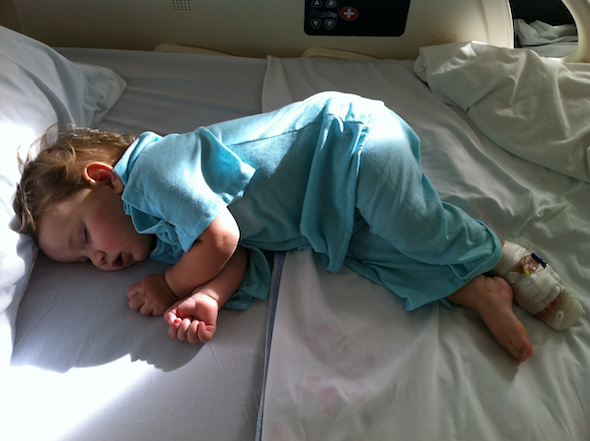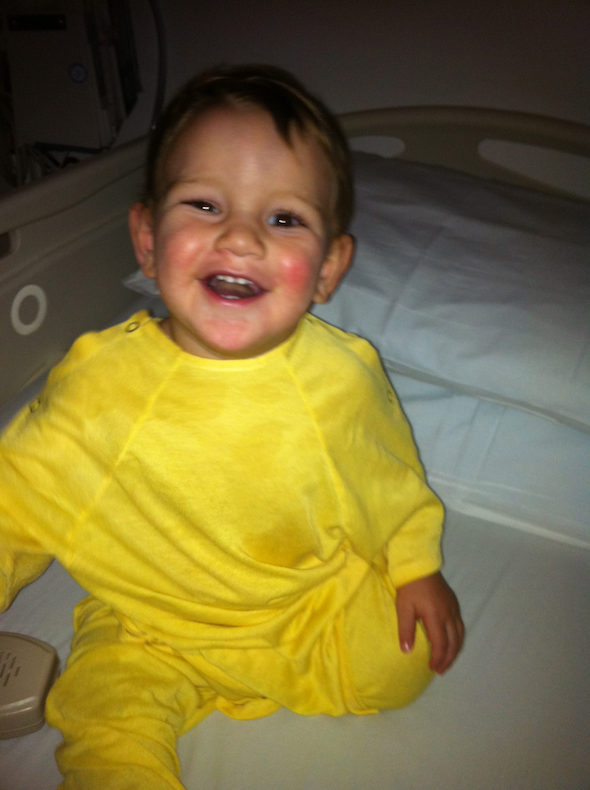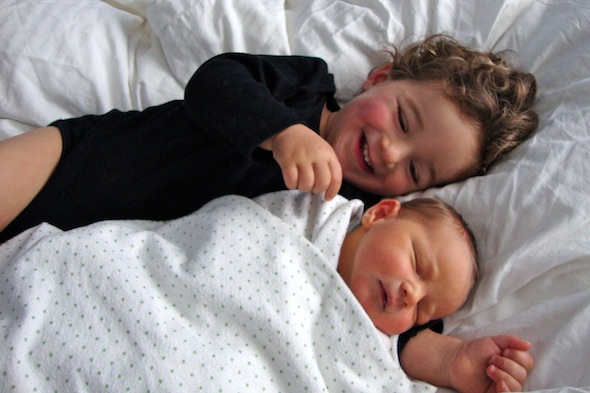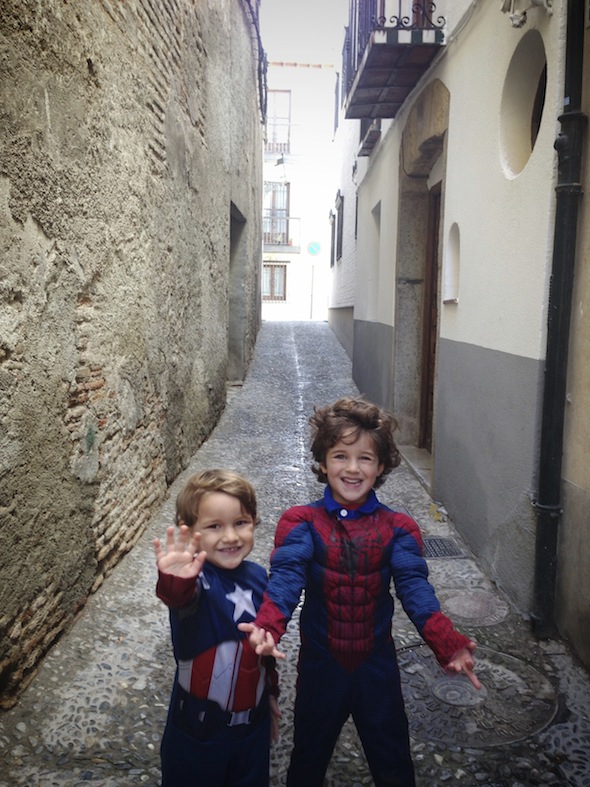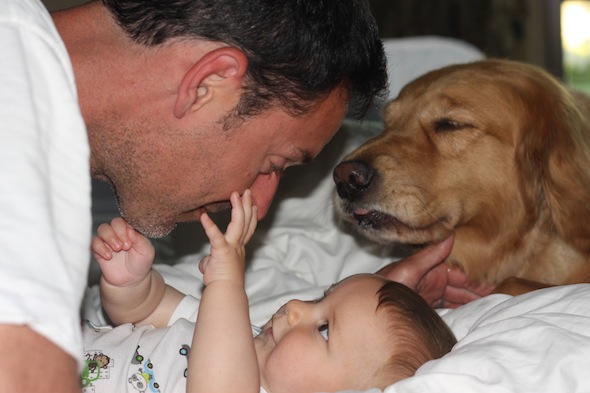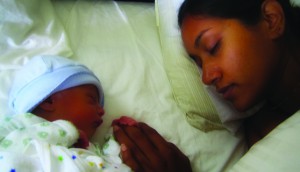Ever since my daughter was born my favorite part of the day was bedtime (and not because it provided me with much needed rest.) I loved to rock my sweet baby and listen to her breath start to steady and slow as she drifted off to sleep. The fingers she had so tightly wrapped around locks of my hair would loosen and my heart would nearly burst with love as I looked down at those beautiful half-moon eyes closed so tightly.
I swear in the moment that a child drifts off to sleep, they become an angel. Nothing on Earth is more angelic than the face of a sleeping child.
Now as my daughter has grown, our bedtime routine has shifted and changed more times than I can count. My daughter is going to be two and a half next month and while she still ends up in our bed at some time around 3:00 am, she generally likes to sleep in her own bed where she can stretch out. One thing is for sure however, she loves to have her Momma and Daddy put her to sleep and we are more than happy to do it.
When friends come over and I excuse myself to put my child to bed and go missing for 45 minutes or when I schedule evening outings late so that I can be the one to put my sweet angel to bed before having a family member come over to stay with her, I often find myself once again justifying why I don’t just teach my daughter to put herself to sleep. The short answer is I am against sleep training and quite frankly I don’t want her to feel forced to put herself to sleep. She wants her Momma and it’s my job (and my pleasure) to be there for her.
Here is a more lengthy explanation which began when my daughter and I sat down to read Llama Llama Red Pajama by Anna Dewdney. Now before I continue, my daughter and I both like the Llama Llama books and don’t see anything inherently wrong with these books, I just tend to disagree with some of the practices that are displayed in the story line.
Picture this…
My darling curls up on the couch as bath time approaches and says “will you read to me Momma?” The answer is always yes and I told her to go pick a book. She came back to the couch and handed me Llama Llama which had been given to us by a friend. We were both excited to read a new book and we settled ourselves on the couch for some pre-bath snuggles. I began to read.
“Llama llama red pajama reads a story with his mama.” So far so good.
As the book goes on however, my heart aches for baby Llama, and for all of the sweet babies who are left to put themselves to sleep.
As the story continues, Llama calls for his mama who says she will be up soon but then busies herself with dishes and an unexpected phone call. Llama begins to get increasingly upset.
When we got to the page that depicts baby llama softly crying and feeling alone and abandoned, my daughter began to get upset. “Why is he crying Momma? Where is his Momma?” she asked sympathetically. I explained that not all mommy’s sing their babies to sleep and reassured her that I would continue to do so as long as she needed me to.
The page that really broke me was when baby Llama began to fear that his mother might never come back.
Now some may find this comical or gloss over it without a second thought. But the fear associated with feelings of abandonment at nighttime are very real to a great number of children. This truly made me sad for all children who feel this way while being sleep trained.
Now once again, I am not condemning parents who do not stay with their children until they fall asleep completely. Some children don’t need them to, and some parents simply don’t realize the feelings of fear, abandonment, and panic that their children often experience.
As we continued to read, my daughter was very happy when Llama llama’s mama finally came upstairs to tend to his needs once more, but we spent a few extra minutes cuddling before bath.
At bedtime that night, I was ever more grateful for the privilege of helping my baby girl fall asleep. As she lay on her belly, I rubbed her back and sang “Tiny Bubbles.” She held on tightly to two of my fingers and 15 minutes later as her grip softened and she slept soundly, I kissed her once more on her forehead told her how much I loved her, and slipped quietly out of her room.
My baby won’t need me to do this forever. Every day I bear witness to the fact that she is growing more quickly with each passing day. She is such an independent, curious, brilliantly imaginative child. I can feel these moments slipping away and there will come a day when she won’t want me to sing to her and hold my hand each night, so I am going to be sure to enjoy and treasure every moment of it while it lasts.
Childhood is a fleeting gift. Life gets too hard too fast. I love being her mom and I adore the opportunity to be there for her whenever she needs me to.


